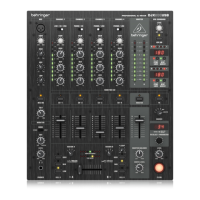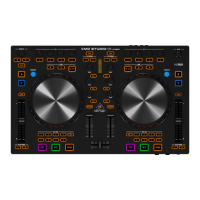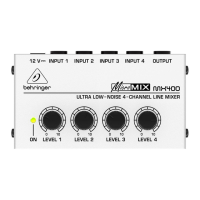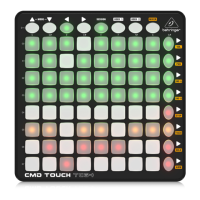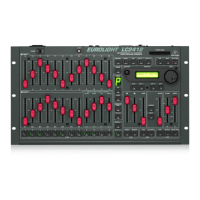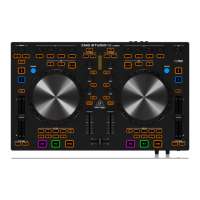ULTRA-G GI100
2
Welcome to BEHRINGER!
Thank you for showing your confidence in us by purchasing the ULTRA-GI
GI100.
In addition to the numerous advantages of an excellent DI box, the GI100
features an extremely authentic, pure analog simulation of a 4x12" guitar
speaker cabinet.
On stage and in the studio, it is often desirable to directly connect sound
sources with the console. Although this method has many advantages, it also
has its technical hurdles. Keyboards rarely offer balanced outputs, and its
simply not possible to connect electric guitars or basses directly to a console.
Although common practice, placing a microphone in front of the speaker
cabinet is not really an ideal solution, since the mic tends to pick up signals
from other instruments and creates another potential source of feedback.
A DI (Direct Injection) box allows you to pick up a signal directly from an
unbalanced, high impedance output, like that of an electric guitar, and inject it
into the console, without using a microphone. There are of course several
situations that call for feeding an unbalanced sound source directly into a
consolepreferably in a balanced form. Thats exactly what a DI box is for.
Basically, there are two types of DI boxes: passive and active. A passive DI
box contains much simpler circuitry and requires no batteries, making it is less
expensive. On the other hand, its performance is dependent on the impedance
of the connected gear. A change in impedance on the output side will cause the
input impedance to change. Among other things, the impedance ratings greatly
effect the frequency response. A passive DI box only works correctly when
impedance specifications are adhered to (in short: high-Z input, low-Z output).
Active DI boxes, which use an amplifier to buffer the input signal, are not
subject to these limitations. The ULTRA-Gs input impedance is extremely
high, so it lets the input signal pass through with virtually no coloring. At the
other end, its balanced output has a particularly low impedance, making the
signal much less susceptible to hum and noise. The GI100 is an active DI box
and performs optimally regardless of the impedance ratings of the connected
gear.
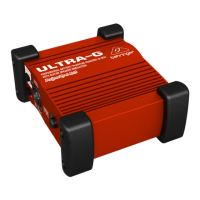
